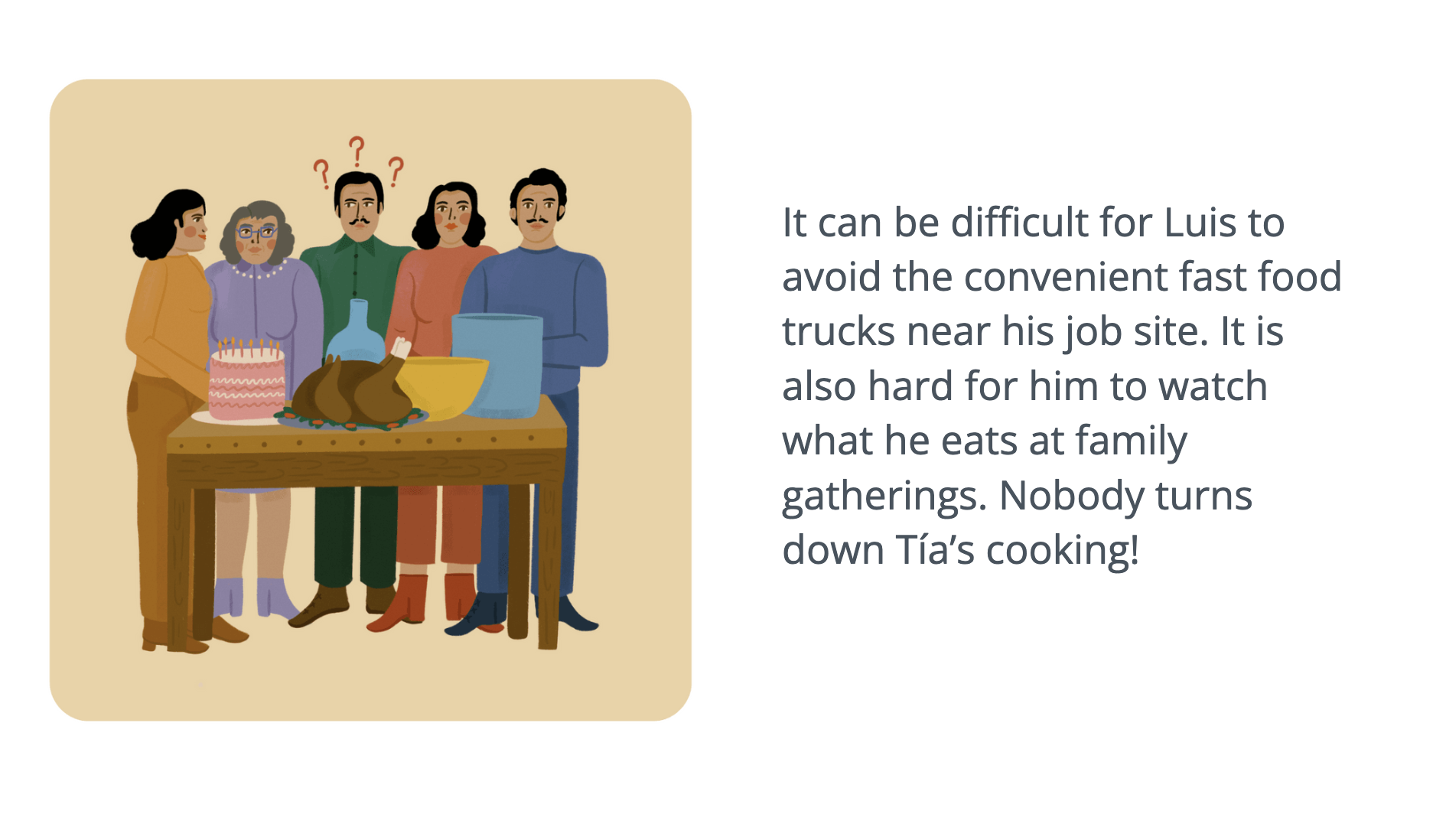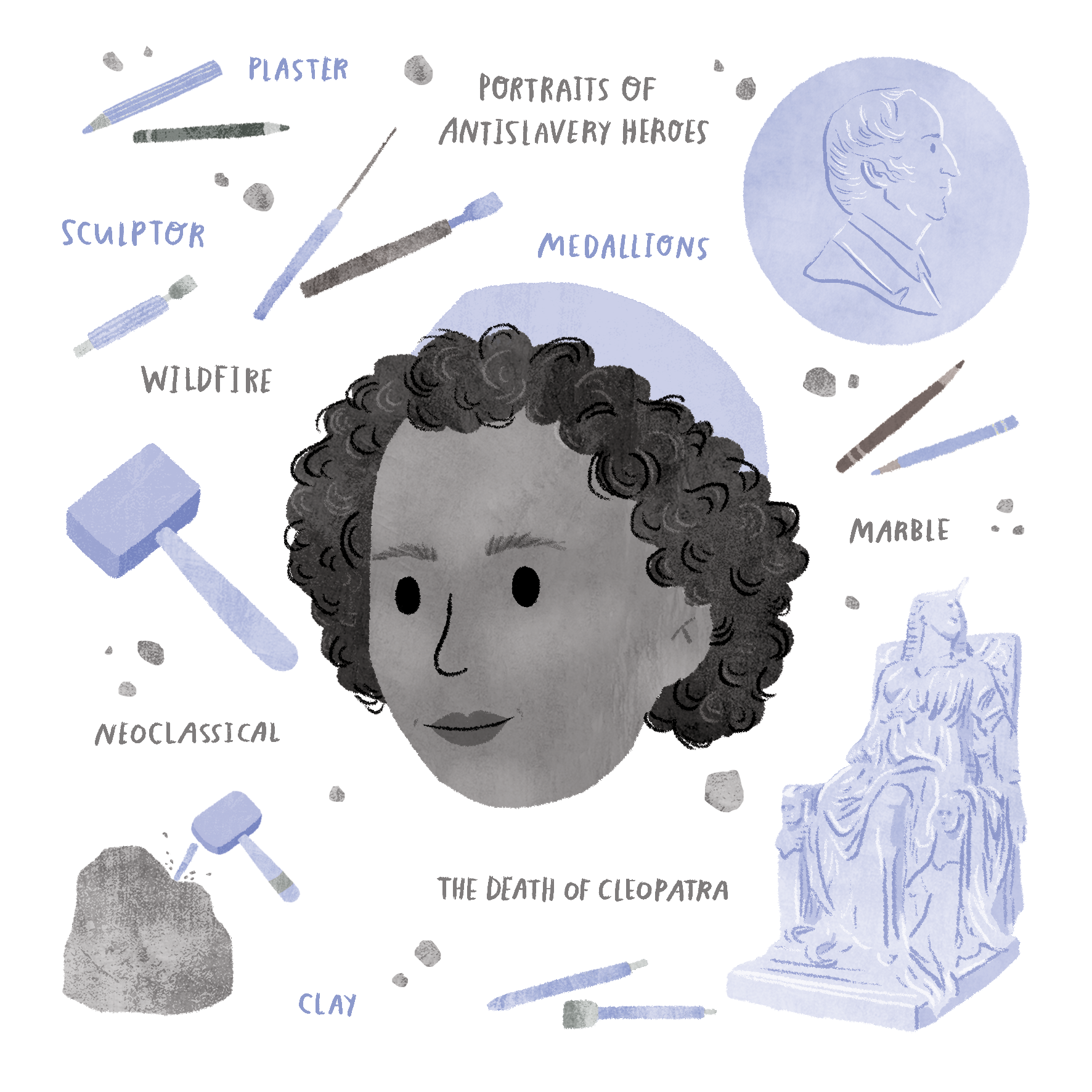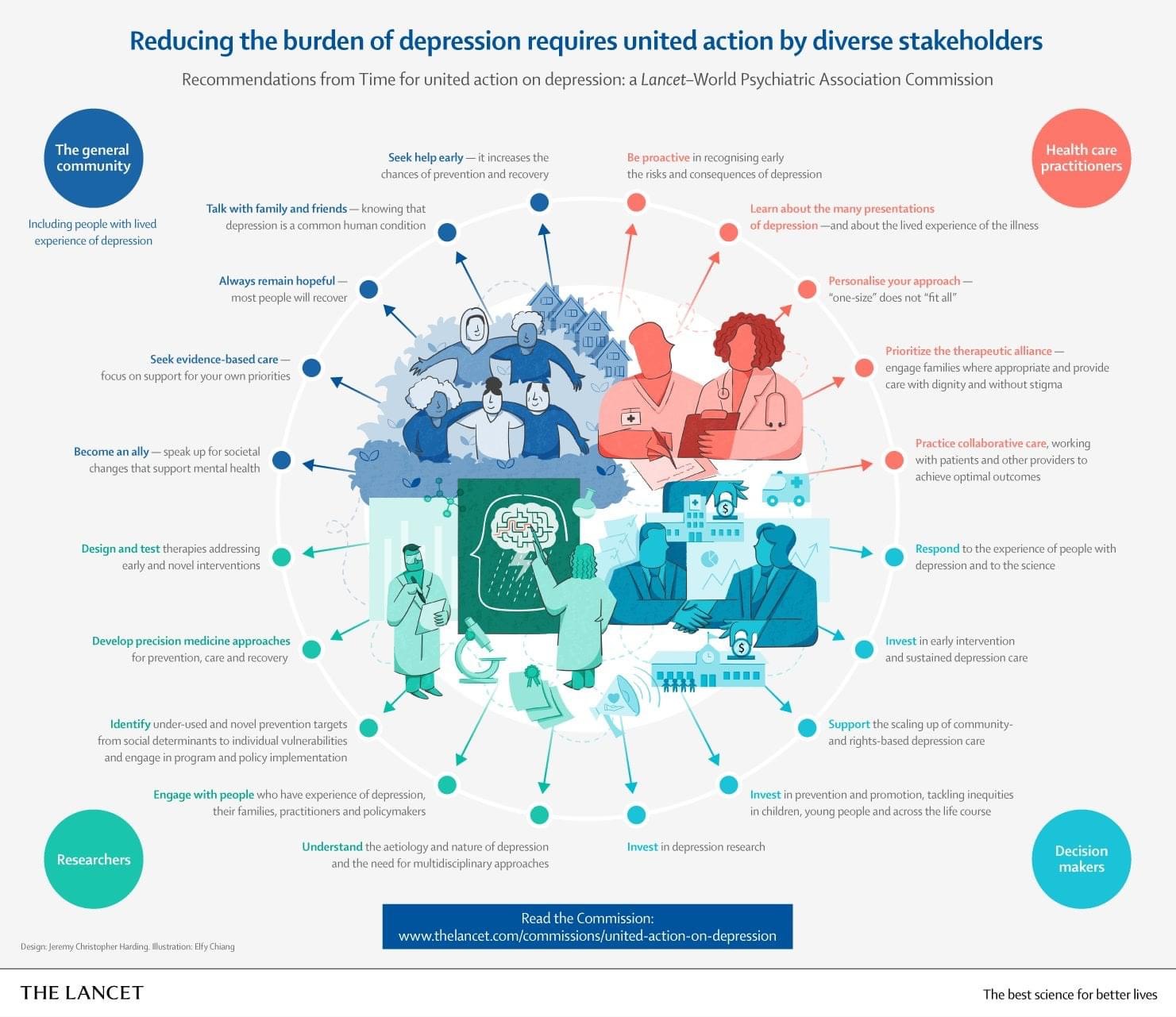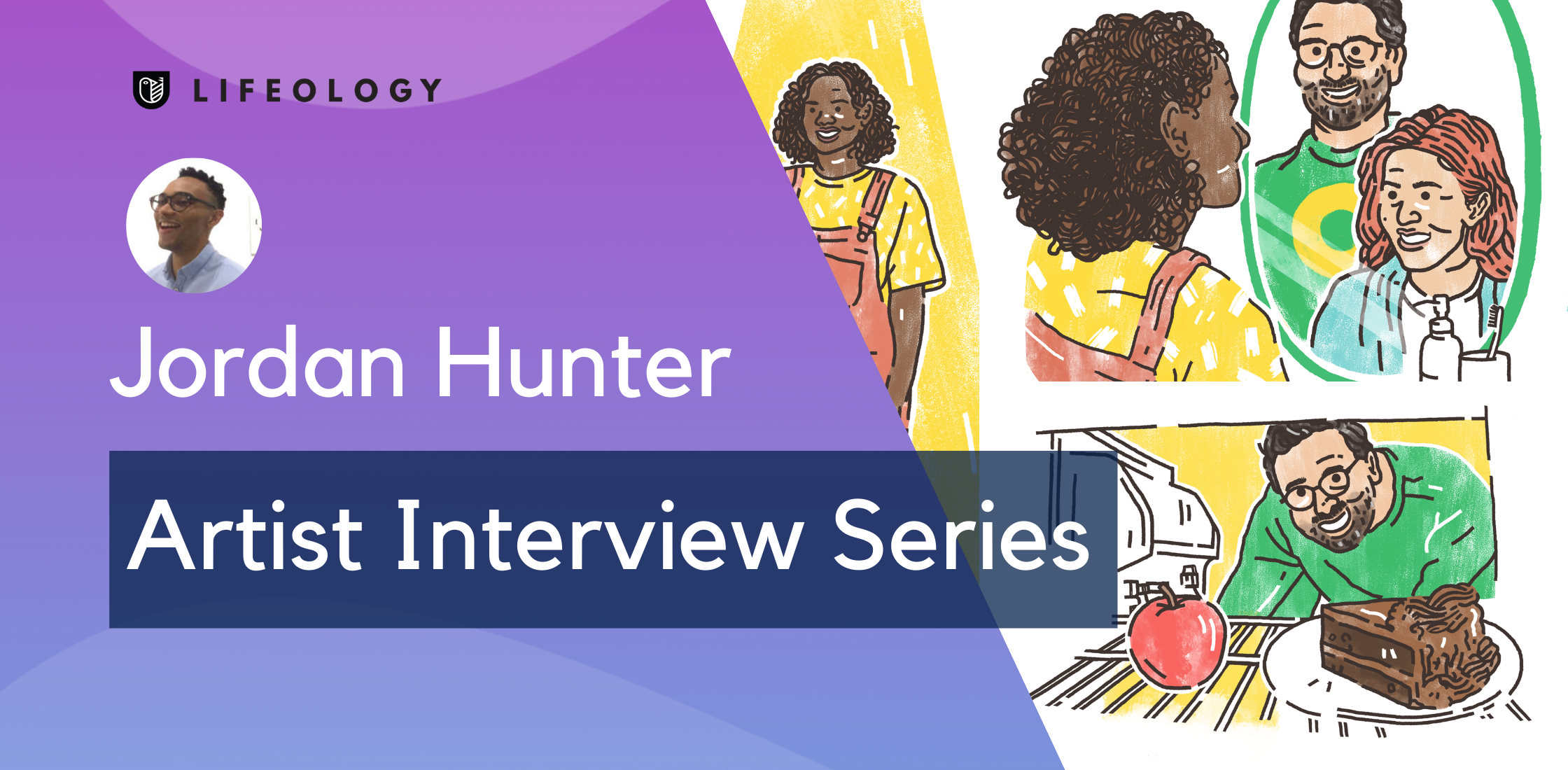
The Lifeology team has been busy working with health professionals, from mindfulness coaches to fitness experts to medical specialists. We have been creating a series of Lifeology courses for LIFE Ascent, a wellness program that gives subscribers the tools needed to improve their health. It is a program based on learning, measuring and establishing habits across multiple areas of health.
This blog features Jordan Hunter an Illustrator and Graphic Designer from Glasgow, Scotland. Jordan has a versatile skill-set, encompassing both digital design and expressive mediums such as drawing.
Can you tell us a little about your background?
I’m a Scottish Illustrator and Graphic Designer who works primarily with water-soluble pencils, pens and a wide array of digital image-making techniques. I’ve always known that I wanted to work in a creative field, owing to my early career wherein other children would commission me to draw green dinosaurs in the playground and martians on their school books.
I studied at Duncan of Jordanstone College of Art and Design and have since worked in Illustration, promotional art, logo and brand development roles. My clients have included The University of Dundee, the children’s literacy charity Super Power Agency, and the Edinburgh tourist attraction The Real Mary King’s Close, amongst many other personal and professional commissions.
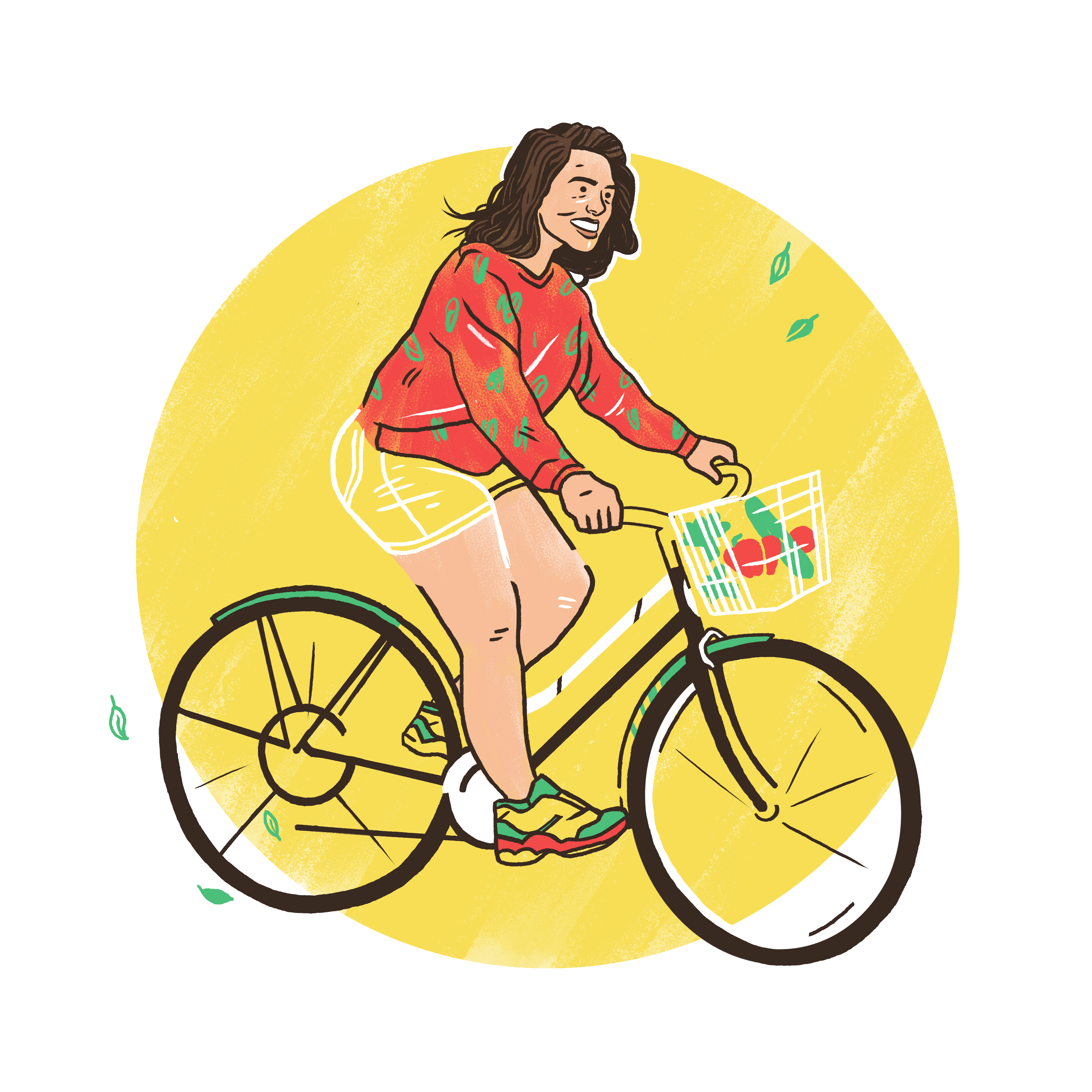
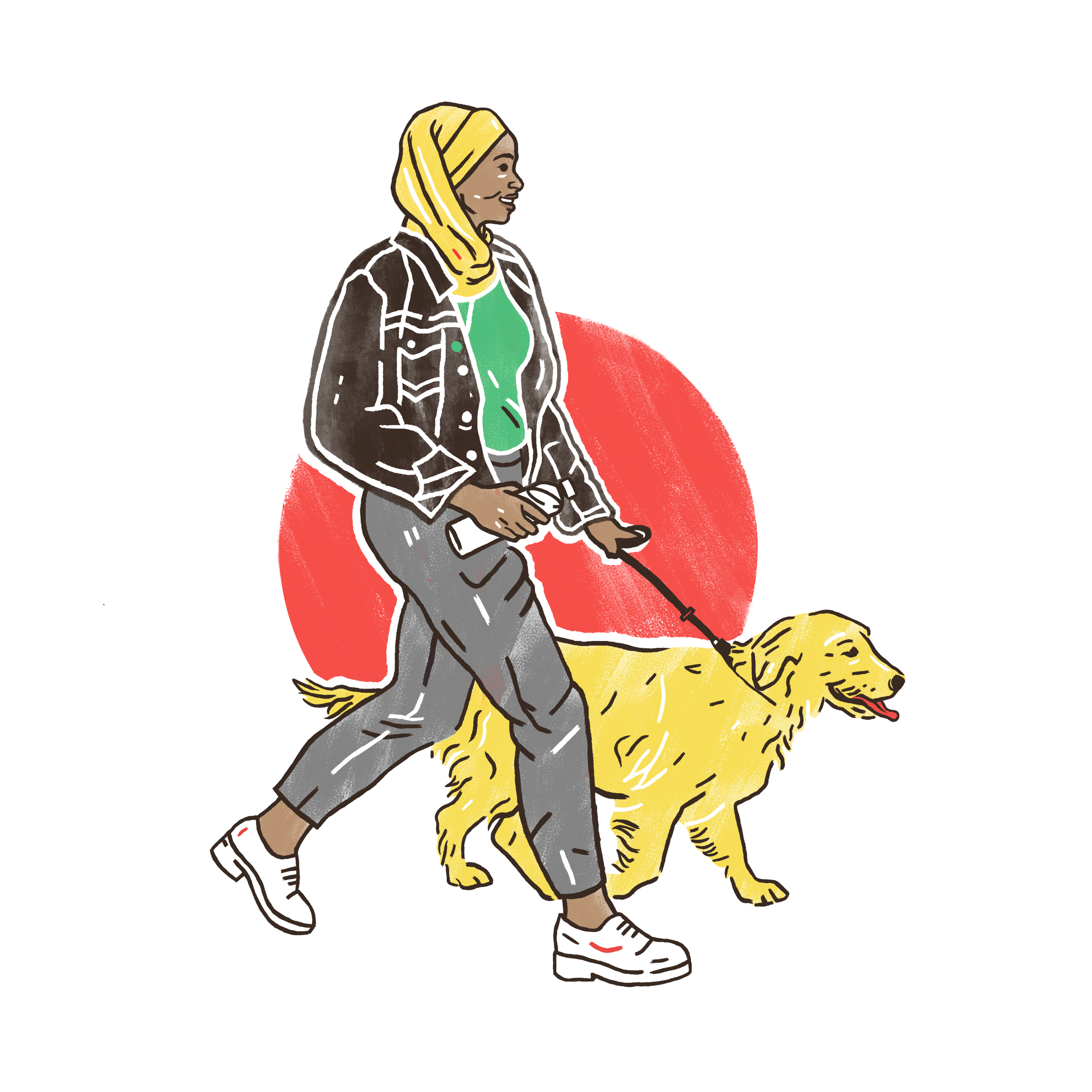
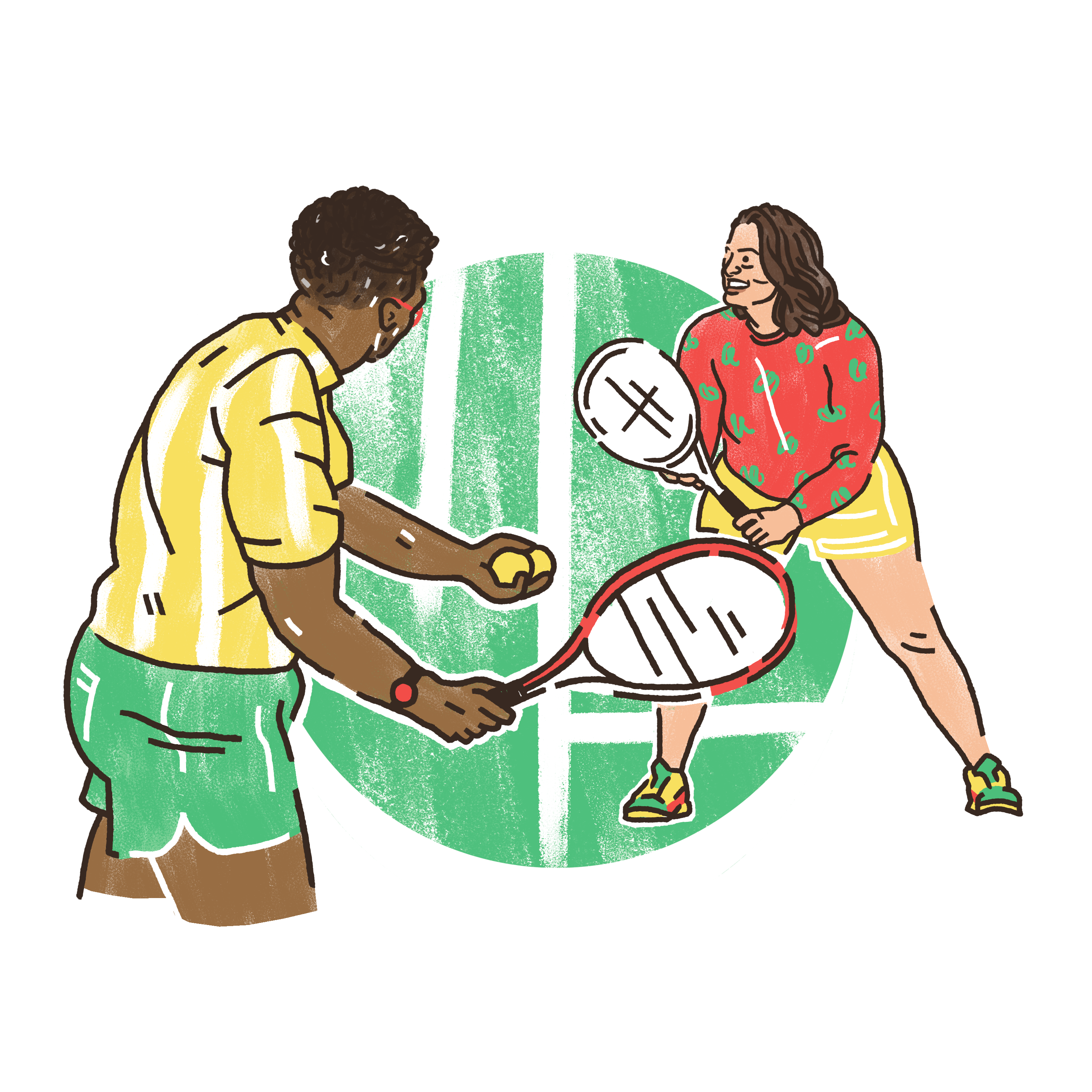
Illustrations from the LIFE Ascent course Creating an Environment of Change
How did you initially find Lifeology?
My friend, the magnificent children’s book Illustrator, Anna Doherty told me about her own collaboration with Lifeology and encouraged me to reach out.
Have you illustrated a Lifeology card deck before?
Yes, I partnered with Dr. Natalia Peart to create How to Grow During Times of Stress and Trauma, an illustrated mini-course that, while it can be relevant for all of us, aims to help Black individuals and communities to navigate their stress in our current climate. I also collaborated with the health and coaching specialist Tasmiha Khan on How to Create an Environment of Change, a course that hopes to give individuals the tools they need to forge a healthier and happier future.
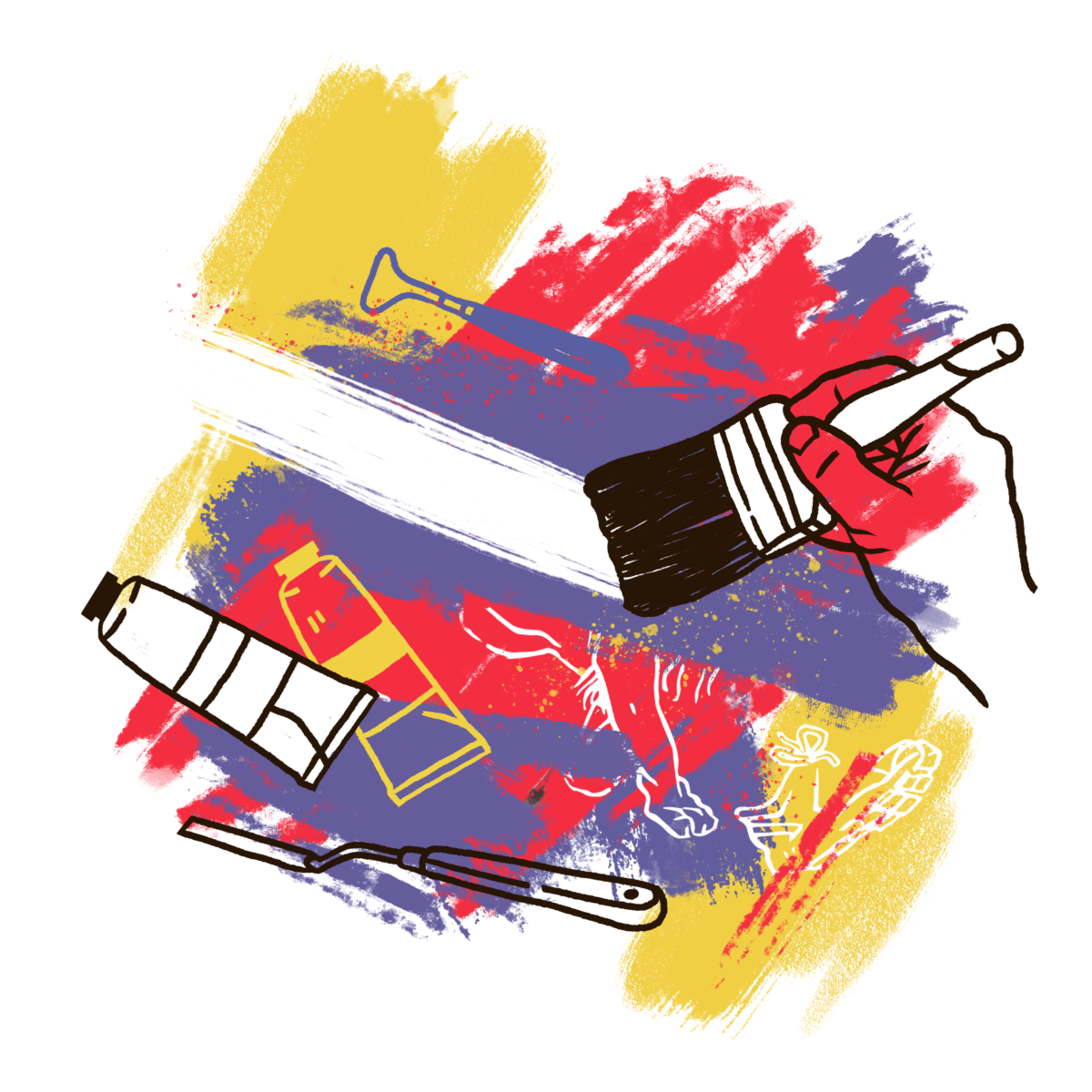
Would you consider yourself a SciArtist?
Prior to working with Lifeology, I had no professional experience of Science Illustration. I would be slightly reluctant to call myself a SciArtist because I only work within one limited area of science Illustration and I still feel like I’m a rookie. However, I’m very excited by the prospect of doing more!
The course you illustrated was on radical self-care and improving physical health. When looking at the course script, what were your initial impressions?
I was immediately impressed by Natalia’s insightful and accessible script, as I always am when we collaborate. The script had an instant sense of narrative and character, which really helped me to begin interpreting the visuals.
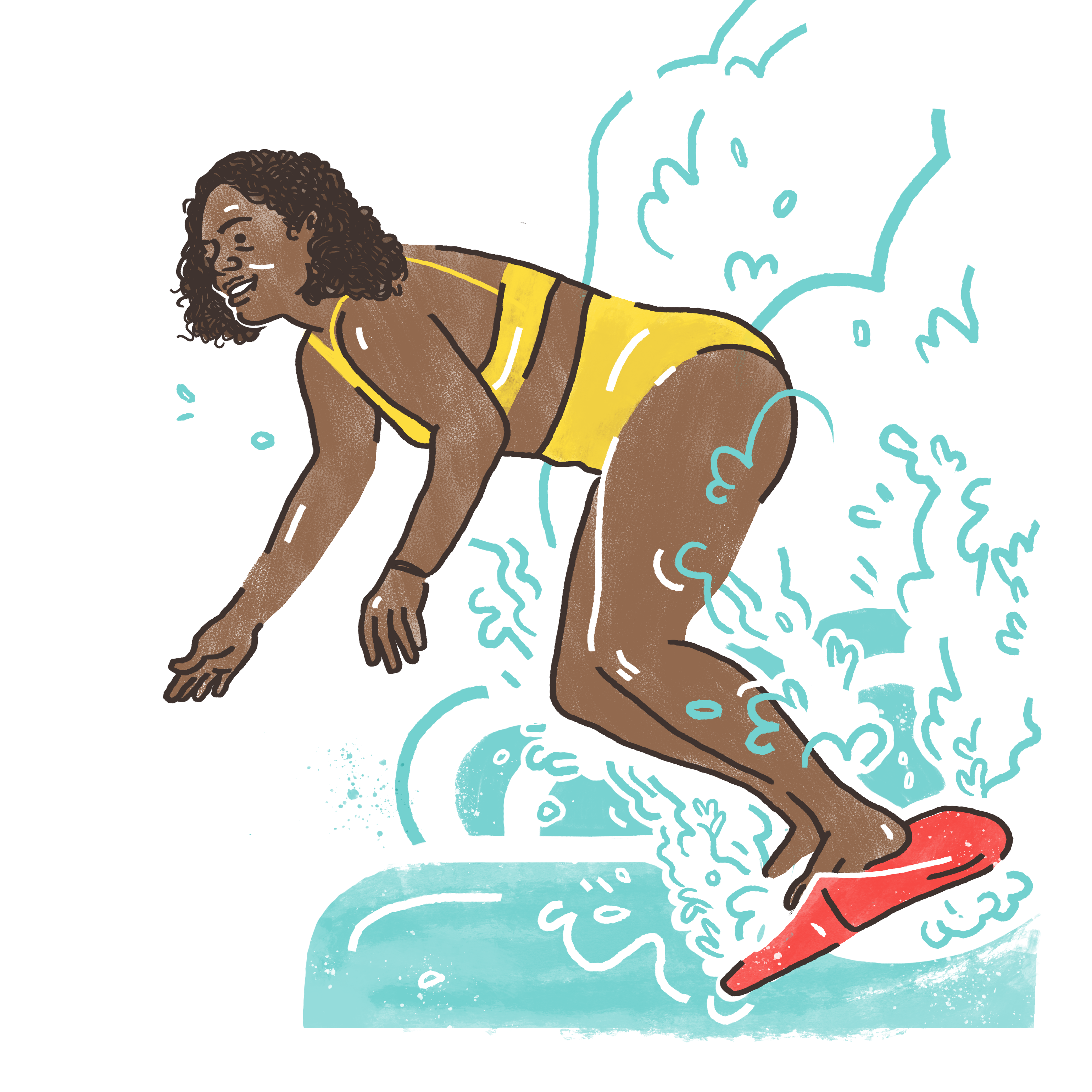
Wave creators embrace change
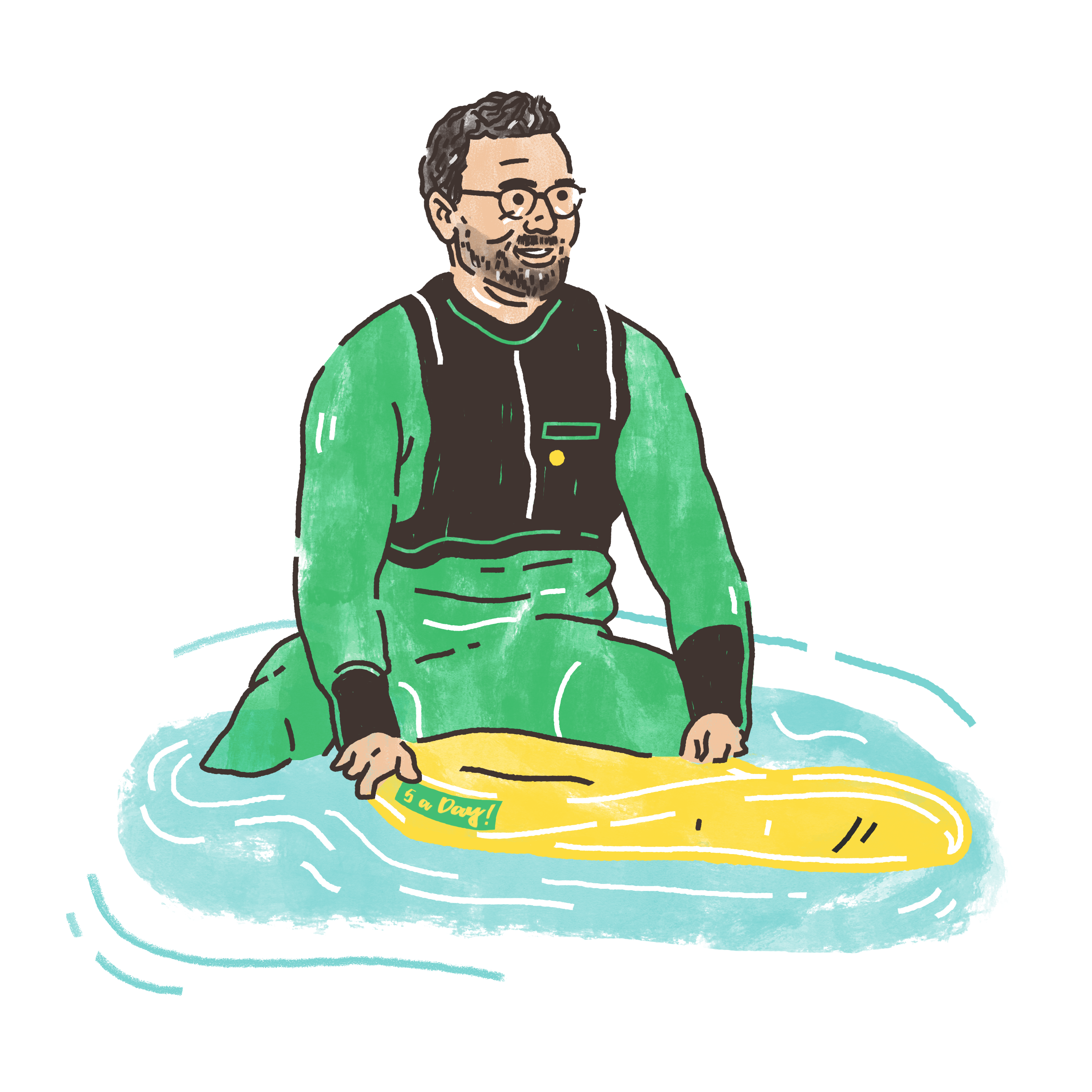
Wave riders do not necessarily lean into changes
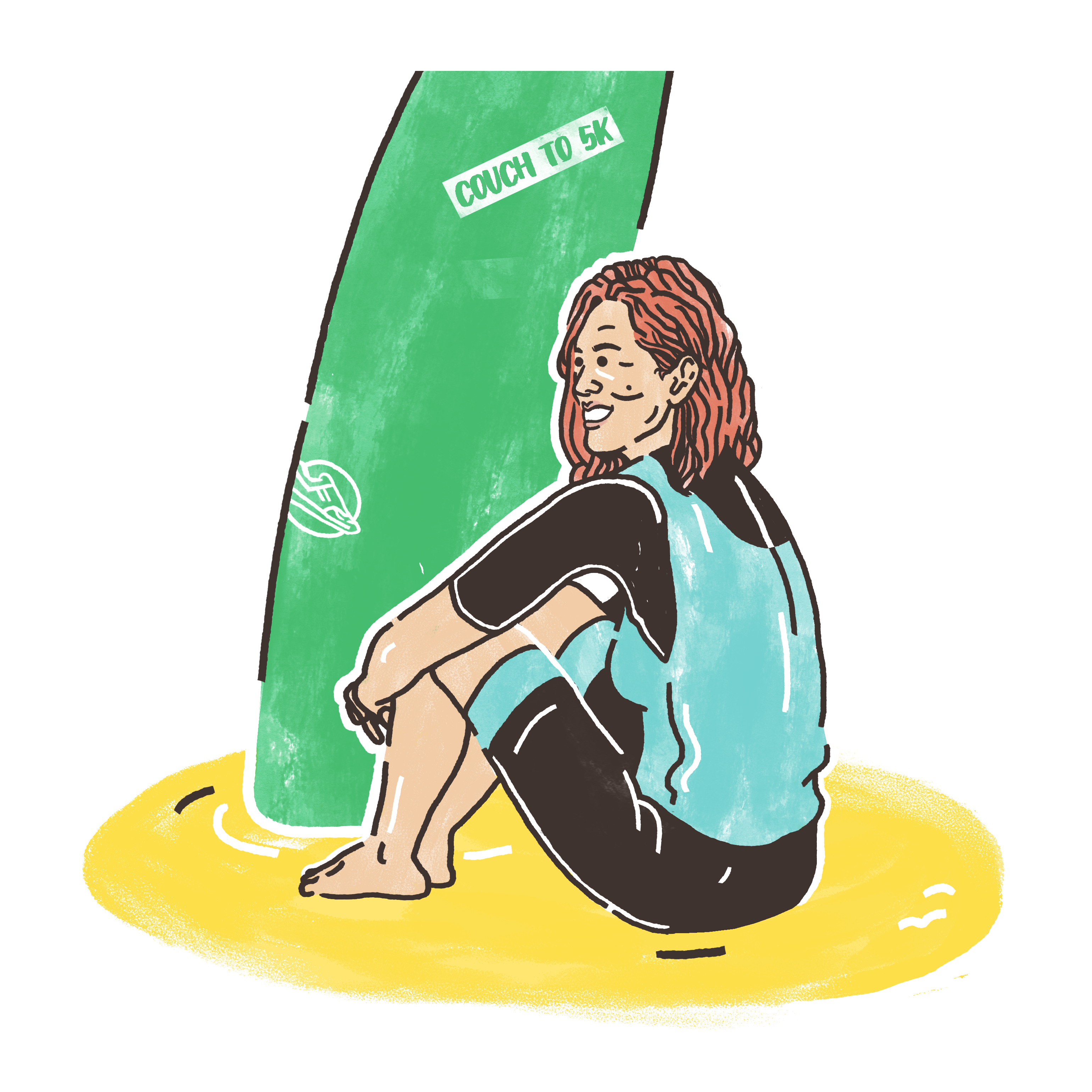
Wave resistors want to hang back on the shore and wait
Do you use storyboarding in other work?
I’ve found storyboards to be incredibly useful for this particular design process. While I rarely use storyboards for my other artworks, I couldn’t construct a narrative like this without first laying everything out plainly.
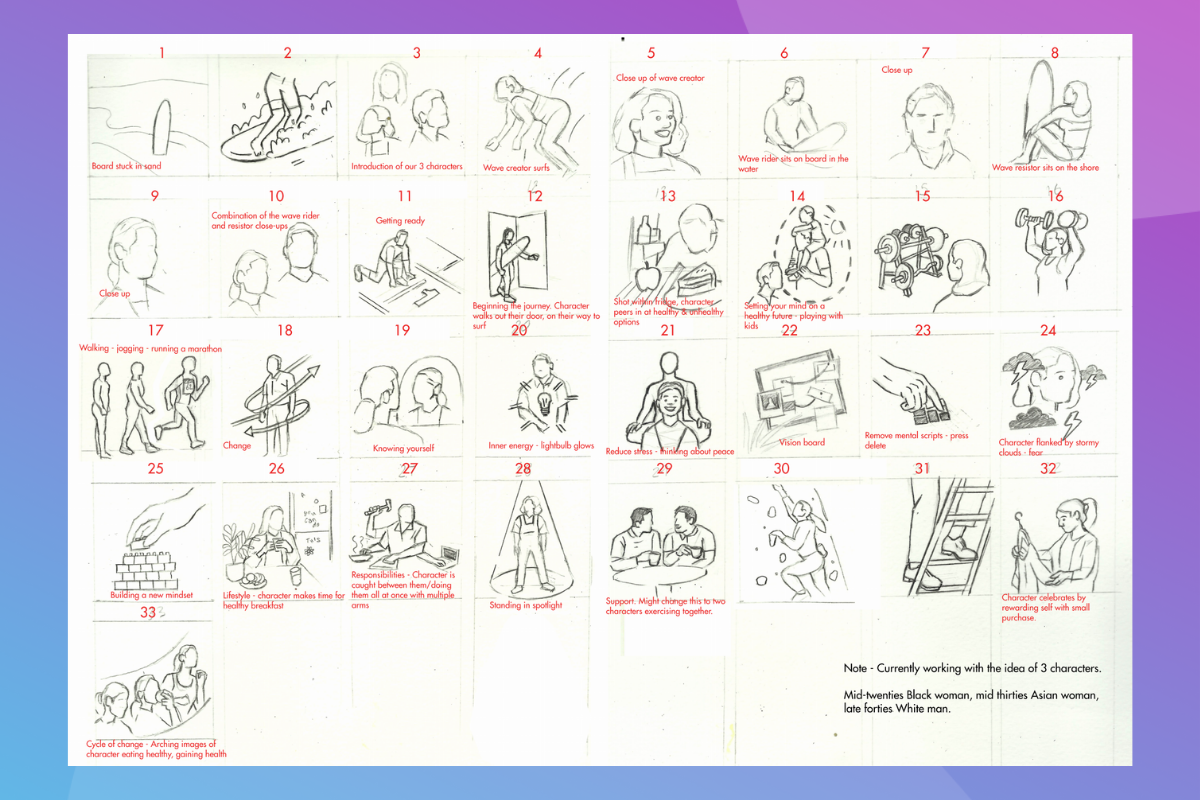
Can you tell us a little more about how you get from visual idea to storyboard image to final rendered piece?
After I’ve scribbled some incoherent notes, I’ll grid an A3 sheet of paper and begin the storyboards. These simple sketches help me to make some initial decisions about composition and character. Next, I’ll jump over to Adobe Photoshop where I compose most of my finalised images for Lifeology. In normal circumstances, I like to use water-soluble graphite pencils and watercolour markers, but because of the high volume of images in each course, I’ve found that creating them digitally is much more efficient.
On Photoshop, I’ll start by drawing the lines. I’d love to pretend like I can conjure every bowl of cereal, surfboard and frying pan from my mental compendium of inanimate objects, but I’m often reliant on the internet for reference. For example, in card 28, I had to find a photo of dungarees.
Finally, it’s time for colour. For all of my Lifeology courses I’ve tried to limit the palette to 3 or 4 dominant colours. I’ll take a moment to consider the mood of the course – in most cases I want to convey a sense of optimism, so I’ll choose a few vibrant, primary colours. When I’m working digitally, I’ll still aim to instil some sense of paint-like texture to the coloured surfaces.
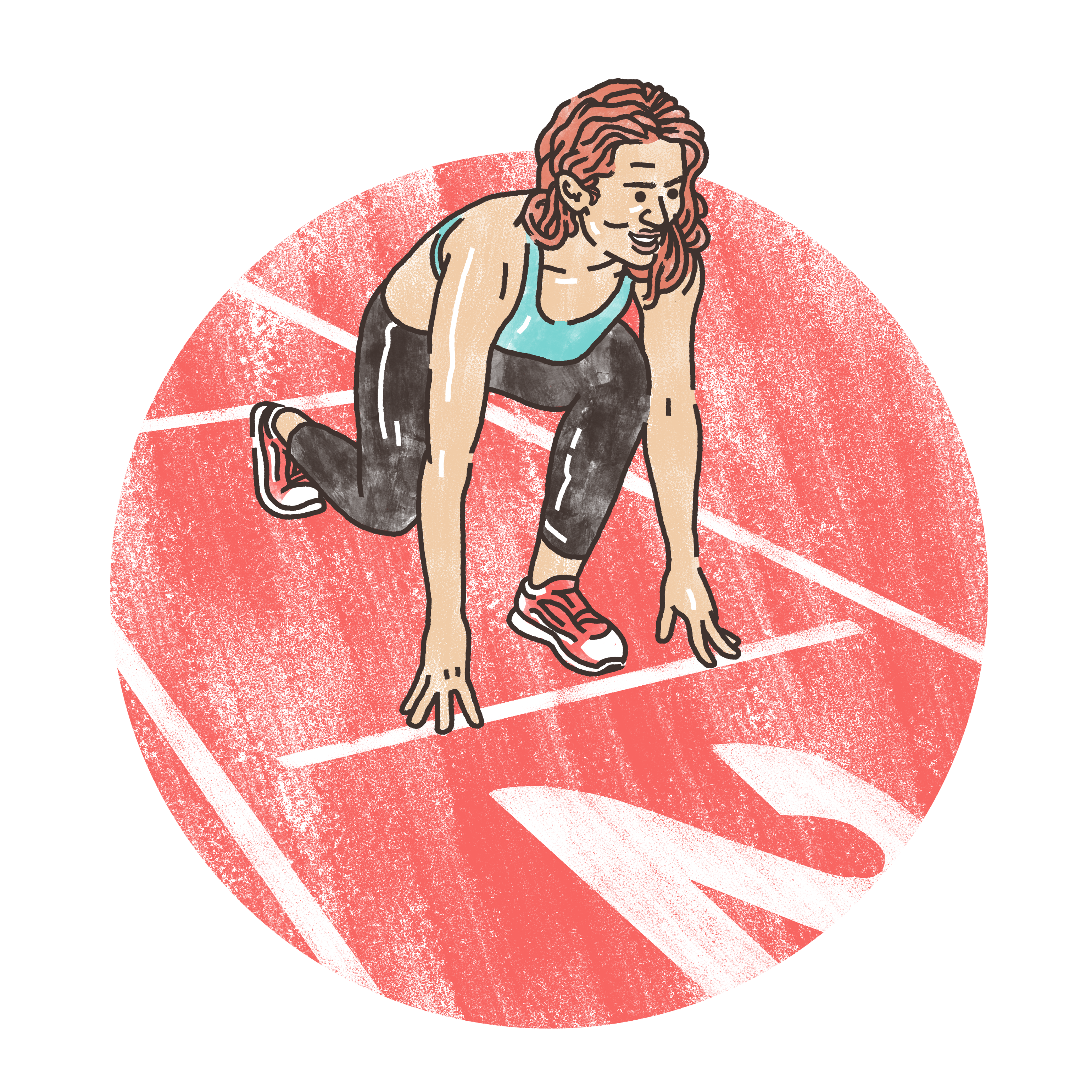
But when we stop to examine our lives, what often defines us are those moments, those times that call on us to dig a bit deeper and show up for ourselves. So how do we get ready?
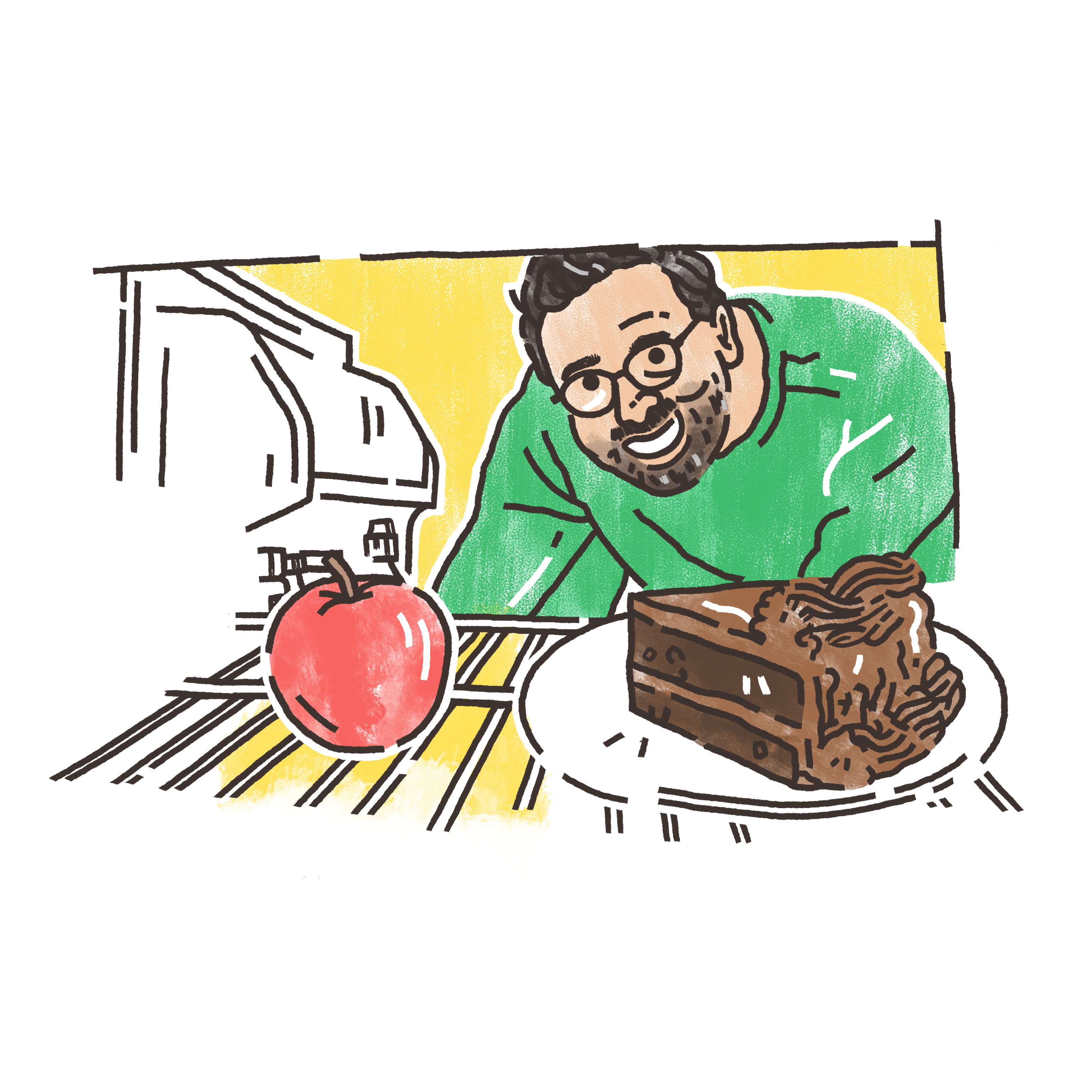
It is far too easy to lose the game of health change right from the start. You might sabotage yourself or give up too soon. Have you ever experienced this?
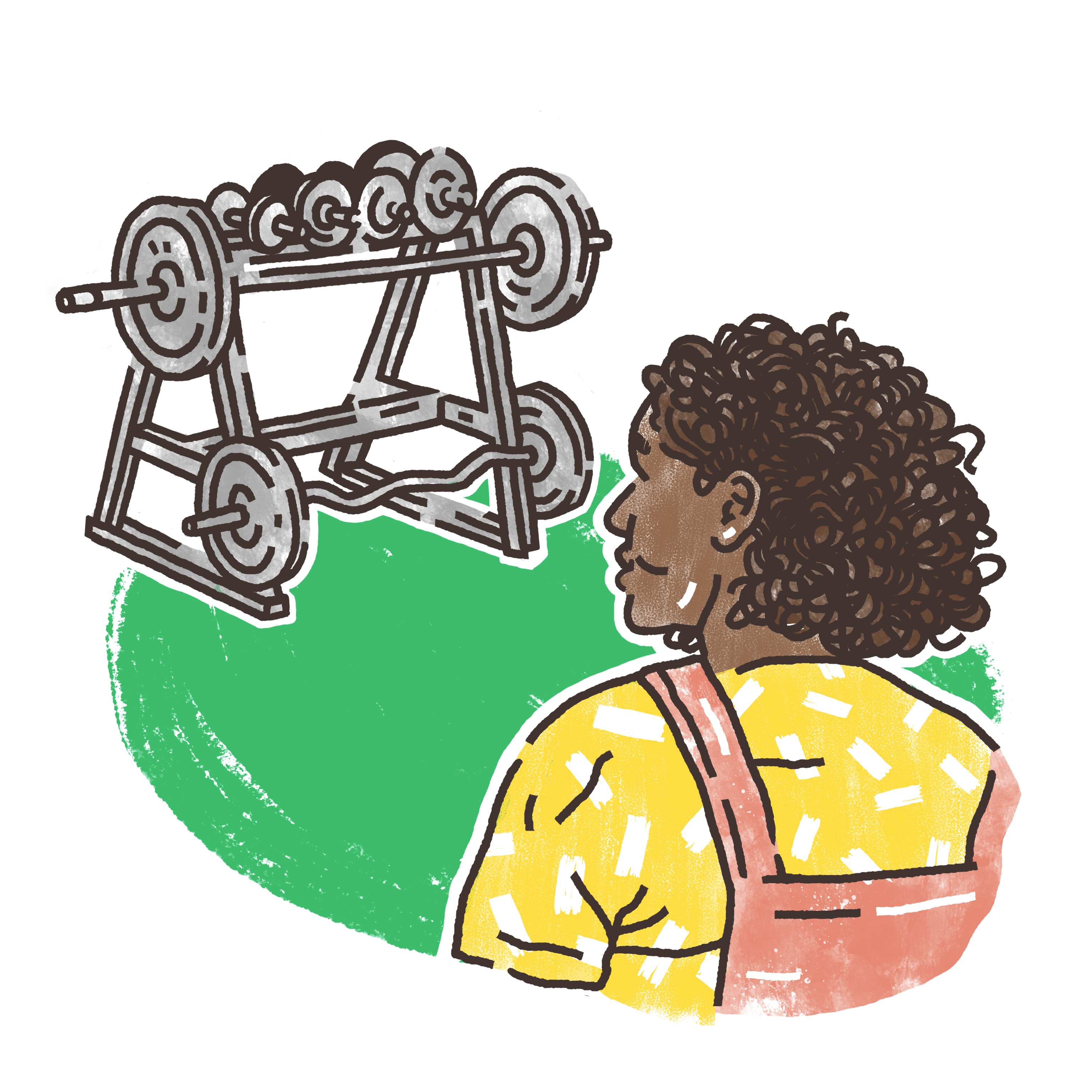
Starting anything new requires adjustments, which can feel uncomfortable in the short run. It’s just like working out.
What are your illustration tools of choice and why? Any recommendations to those starting out?
When I’m drawing, I love Faber-Castell Pitt Monochrome graphite pencils. I think that the water-soluble variety are perfect for expressive, quick sketching. Otherwise, if I’m illustrating digitally I use Adobe Photoshop, which is an incredible multi-tool with a relatively painless learning-curve.
I would absolutely recommend that any aspiring Sci-Artist or Illustrator use Photoshop or a similar image-making program like Procreate. Even if you have no intention of creating your Illustrations digitally, it’s invaluable for colour-correcting and compositing.
Did you learn anything from your course illustration? About your artwork, health info or otherwise?
Like many other people, I have struggled with both change and stagnation over the course of 2020. I think that, while Natalia’s words were devised with a focus on healthy lifestyles, they’ve been useful within the wider context of recent events. As for my artwork, I think that every time I illustrate a course for Lifeology I get a little more efficient, allowing me to relax and enjoy the process.
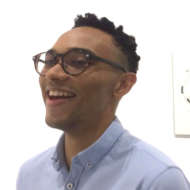
Jordan Hunter an Illustrator and Graphic Designer from Glasgow, Scotland. Jordan has a versatile skill-set, encompassing both digital design and expressive mediums such as drawing.
Instagram account: @jordanlee_hunter



